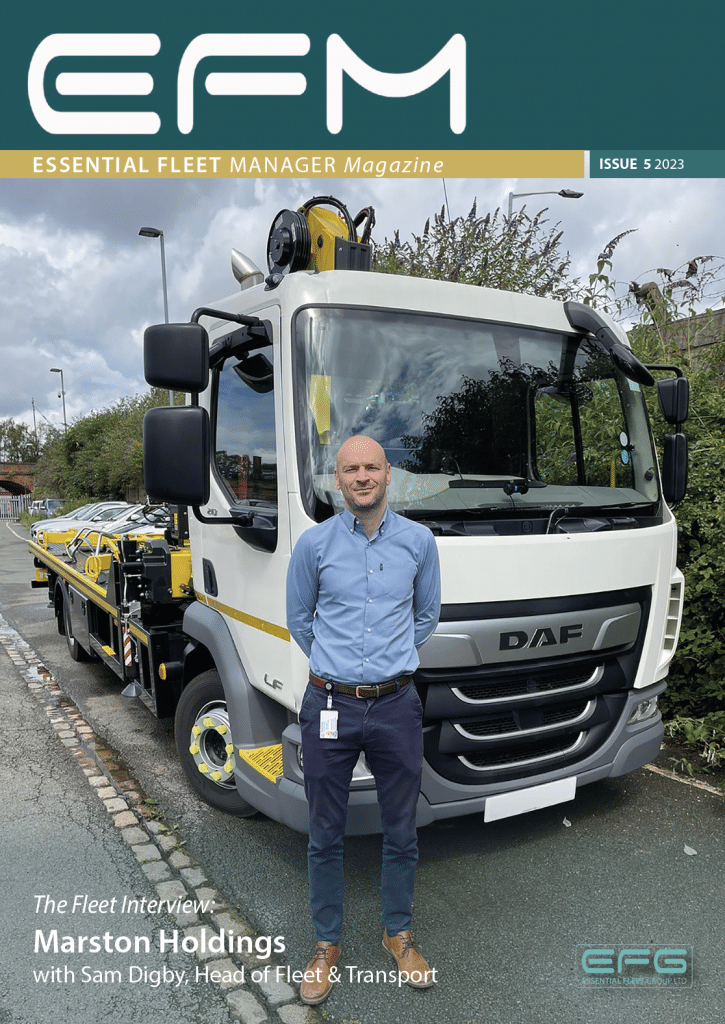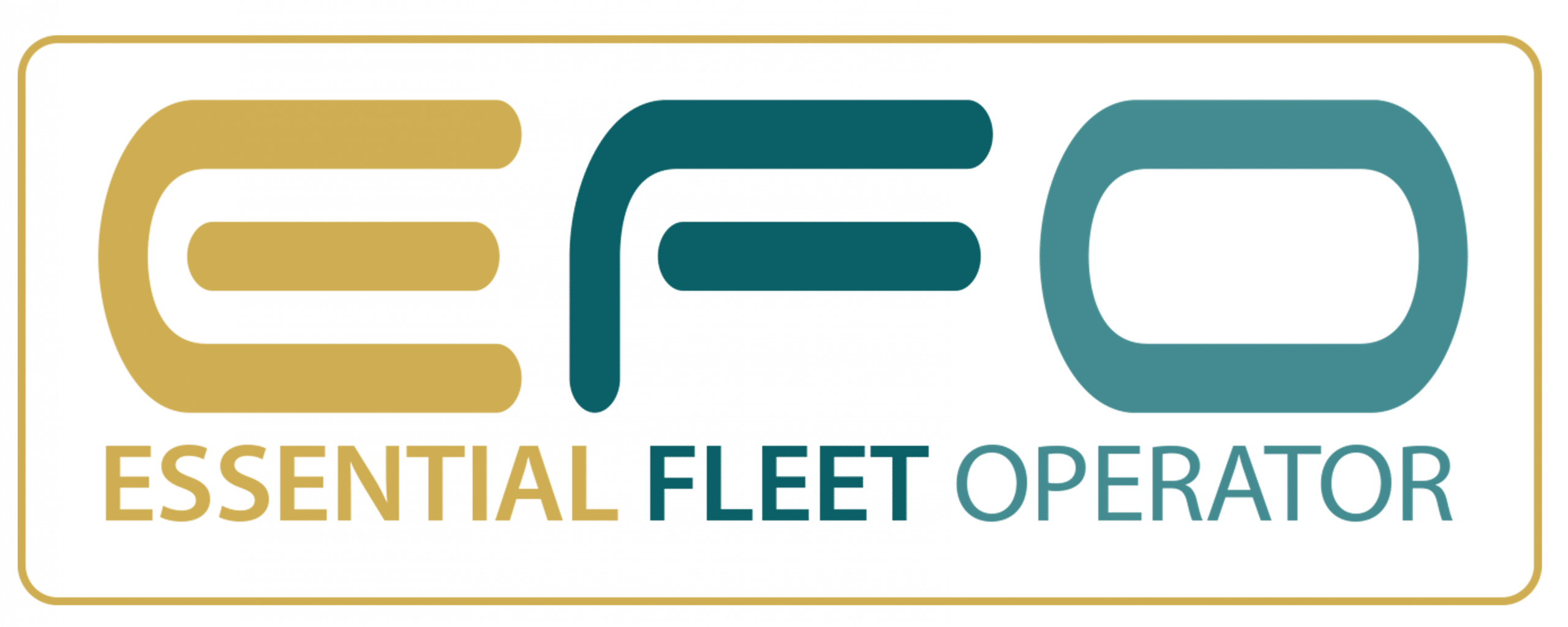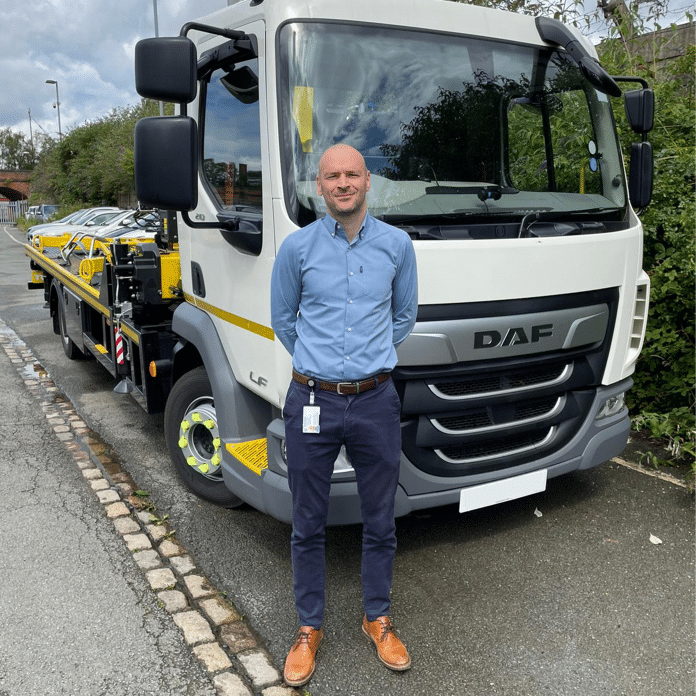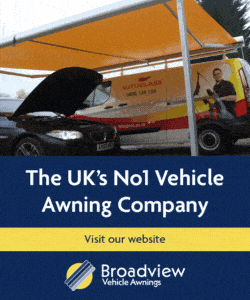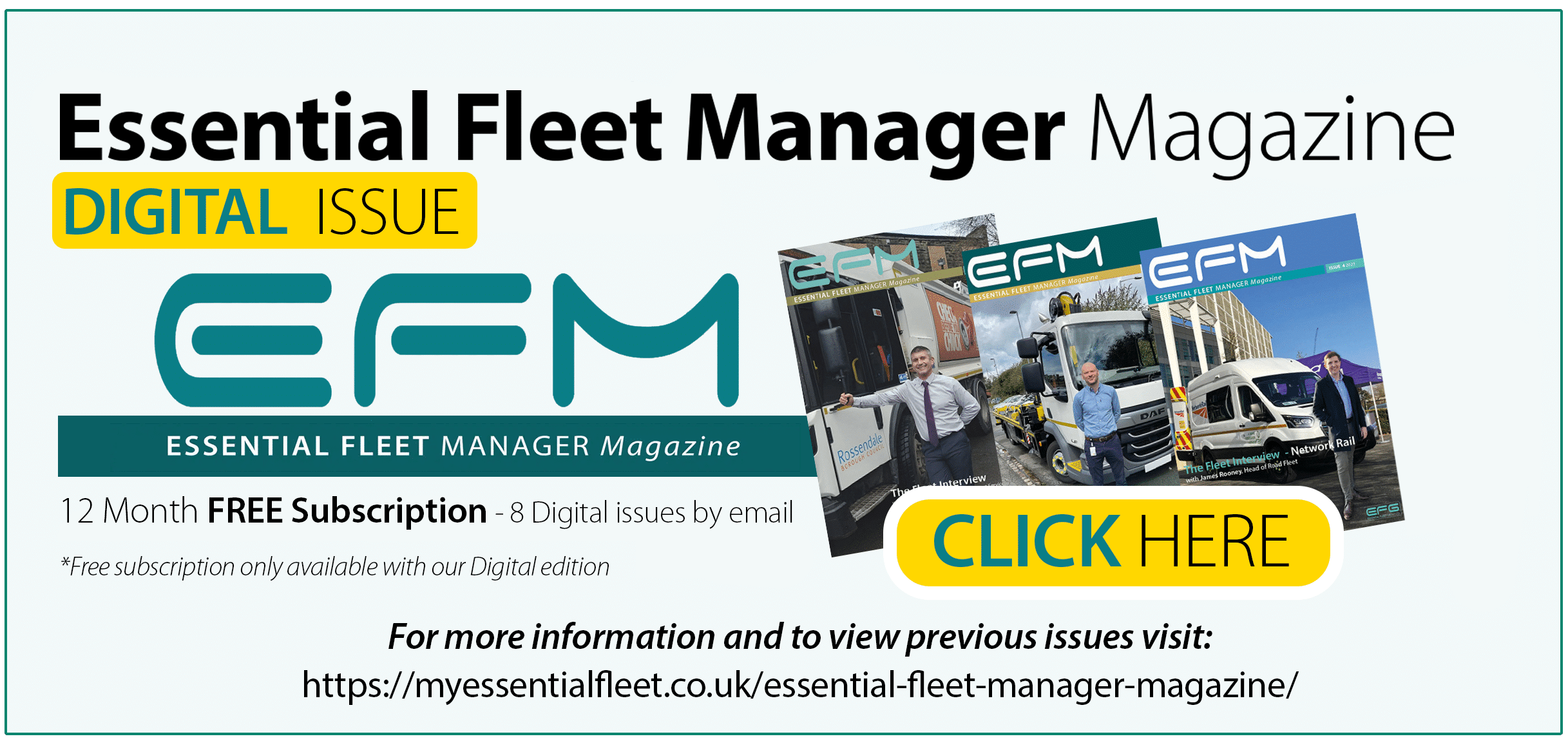With Sam Digby, Head of Fleet and Transport
Introduction
Marston Holdings has been providing services that support the implementation of public policy, for almost 40 years.
With clients within local and central government, utilities and the private sector, Marston Holdings’ technology enabled, integrated solutions, are employed to conduct a range of tasks including parking enforcement, council tax recovery, traffic and air quality management, the recovery of assets and supporting the EV charging infrastructure.
For the successful delivery of a complex and varied range of services, Marston Holdings operates a fleet of around 1,300 vehicles.
Since March this year, the fleet has been managed, along with his team, by Sam Digby, Head of Fleet and Transport. Sam explains below in a recent interview with Essential Fleet Manager Magazine, how not only Marston Holdings is embarking on the journey to operating a fleet that will be in the vast majority electric by the second quarter of 2028, but also how innovative systems are being utilised to implement the highest standards in risk management, compliance and safety.
The Interview
Q: What is the current break down of your fleet assets?
Total fleet size: 1300
HGVs (125)
• A 7.5t modified flatbed truck – with a crane for removing vehicles on the back, supplied by Tip & Lift. Tip & Lift recently used the vehicle on their display at the UK Road Haulage show in Coventry.
• Scooters (300) – the vast majority of the scooters are the E-Max VS 1 and E-Max VS 2, electric scooters that mainly aid in the movement of parking enforcement officers to cover vastly more ground than they can on their feet.
• Cars and Vans (875) – most of our cars and vans are modified to carry out our operations. The ‘commercial’ cars and vans have additional kit added – quite unique in a way with ANPR cameras and a host of other parts added at the conversion stage.
Q: Could you describe your role within fleet at Marston Holdings?
Personally I lead a team of seven, who administer, procure, manage, and strategically lead the business in relation to the need of the operational vehicles that we use. From order to de-fleet, as a team we guide the business in all things fleet-related. In addition, we try to ensure that our operational colleagues stay as safe and compliant, in the most cost-efficient way.
We’re a tight-knit team and everyone’s attitude and work ethic is unfaultable, from our senior administrator Nicole, to the guys Tony, Pete, Neil and Andy – they are all a joy to work with.
Fleet management brings new challenges everyday and throws up different obstacles to overcome. Each colleague has their own part to manage – we get together regularly for updates, to ensure everyone is working together effectively.
Q: With an ambitious target to electrify the majority of your fleet by Q2 2028, what are the necessary preparations to ensure access to charging?
We all face I think, the same challenges, from identifying the correct vehicles, to mapping the local operating area for electric vehicle (EV) chargers, including assessing the need for home charging facilities for drivers.
Although ‘range anxiety’ is still an issue throughout the business, as a fleet team we have tried to educate as best we can. Sometimes the ‘new world’ is more about change management and drivers adapting to a new way of thinking about vehicle journeys.
The Q2 2028 target doesn’t include our HGVs where we are waiting on technology to get to where we need it to be and to become more affordable.
From my personal point of view the race to achieving net zero within a fleet operation can be viewed like this; as an early adopter you ride the crest of the wave but may well be the first to hit the rocks, or you can swim in the pack. We are probably in the middle of the pack waiting for the breakaway group to find the rocks!
Q: What training is needed for your drivers as they move over to operating electric vehicles (EVs) and how is this provided?
Our fleet department have implemented ten e-learning modules, but in my opinion, ‘e-learning’ is not without its faults. We probably haven’t gone far enough within our fleet operations to cover all aspects of driving an EV and we need to spend more ‘induction time’ when new vehicles arrive. For example we don’t yet have any literature to say only charge to 80%-90% as charging to full will damage the long-term health of the battery. But this can be addressed in the near future.
Q: How important is significant engagement with your suppliers when transitioning to EVs?
I feel it is very important to engage with suppliers, but this engagement could go further. For example we recently procured a number of EV LCV’s and didn’t know that the onboard inverter limits AC charge to 7.4kw and there is factory option for this to be increased to 22kw. Unfortunately, this can’t be retrofitted so I learnt the ‘hard way’ with that situation, maybe that’s us ‘hitting those rocks’ I talked about earlier.
Q: You have mentioned a part of your fleet that cannot at present be moved over to EVs and remain operationally fit-for-purpose. Are there alternatives, such as “fuel agnostic” engines, that can be utilised to bring these vehicles into the overall decarbonisation process?
Of course, price limits us in this respect as present, as your readers will be aware the cost-of-living crisis in fleet has been felt hard and deep.
The future of bigger engines with the ability to use multiple fuels is incredibly exciting, a real move into the future that can’t come quick enough.
This is part of the job that really intrigues, and I can’t wait to be able to put this kind of thing into practice. A bit like autonomous vehicles, we need to embrace these innovations.
Q: Whilst pursuing the complicated strategic objective of fleet decarbonisation and electrification, you have also committed to the aim of the highest standards of compliance, safety and efficiency. Could you describe how your Motor Governance Group (MGG) is made up and how it identifies the main challenges?
The MGG is a team that meets on a monthly basis to try to overcome and address our internal fleet challenges. The team is made up of interested parties such as the head of H&S for example, but mainly the team is made up of senior operational leaders who are generally directors, that have the responsibility for different regions of the country or hundreds of vehicles.
My team will create the agenda from the issues that arise over the month and then the MGG gets together to ‘solve’ them. Our mission statement is:
‘Our task as the MGG is to minimise the risk, maximise our compliance and to do this in the most cost-efficient way possible.’
Q: What are the three main fleet management duties that underpin the objectives of the MGG?
We work to a mantra of moral, legal and financial focus. So, safety plus compliance equals cost efficiencies.
We use this as a steer to become a ‘best in class’ transport company and fleet management operation. In an ever changing and ever more expensive environment, chasing the percentage point efficiencies in our safety and compliance procedures is becoming ever more important.
Q: Which are the key stages on the journey to an ‘Optimised’ fleet operation?
In the beginning we set targets for all the fleet metrics, I devised a scale made up of four stages; chaotic, reactive, managed and optimised.
For example, our target for our internal fleet audits at our 120+ locations is <64.9% = chaotic, 65% to 84.9% = reactive, 85% to 94.9% = managed and >95% = optimised. The audit covers vehicle records, driver records, daily vehicle checks, telematics system use and much more.
Those parameters of the metrics were agreed by the MGG this ensures a clear vision of what is expected and a clear consistent message from all leaders in the business
Q: How important is communication between departments in ensuring that challenges are identified and solutions are fit-for-purpose? How does the MGG help facilitate engagement between departments?
The sharing of best practice is absolutely key to the success within our group. A recent example of this can be illustrated by one of our Scottish based contract directors who shared information about the use of the telematics system to the leadership team in that region. This led to a single-issue meeting which concentrated on talking about the insights the telematics data had provided – this has now been replicated across the rest of the country.
Q: How does data and technology contribute to risk reduction, compliance and efficiency?
The simple answer is hugely! The telematics system we use is a key cornerstone, together with our tachograph system from Tachomaster. Arguably, however, our most important technological tool is the fleet management software provided by Jaama. We use the data collected as our ‘single source of truth’, as it includes data on who was driving which vehicle, when, together with many more useful data insights.
With a steady turnover of drivers within our business, this key tool is utilised to help us navigate what can sometimes be choppy waters. Vehicle lead times being as long as they are, mean our hire vehicle spend and dependence has increased. This in turn means additional data that needs to be updated and tracked and reported on. Jaama’s system helps us do this in a way that we would struggle to do without it.
Q: How do the learnings of the MGG translate into action through reporting to the Transport Committee?
Learnings from the MGG are presented to the Transport Committee (TC) that meets on a quarterly basis. This is where I present to the Chief Executive Officer (CEO), Chief Financial Officer (CFO), and Managing Director (MD). During this meeting I highlight trends, problem areas and inform them as to what my fleet team has been doing to address any issues.
The CFO is our named O License holder, so these meetings focus on our compliance performance and cost efficiencies. The vehicle fleet is Marston’s largest outlay, after people, so it is under extreme scrutiny – focus is always placed on how we can improve.
At present we are focusing on what I term, the ‘low hanging fruit’ and ‘big ticket items’. Our accident record in comparison to previous years (non-moving covid years in fairness) has seemed to have increased dramatically, so we have a plan to combat this endorsed by the TC.
Q: With a complex fleet decarbonisation strategy, mixed with a huge focus on stringent compliance, safety and efficiency, what do you think the overall picture will be in three years’ time?
Hopefully it’ll be smooth sailing!
If we can hit our targets, we will be in a great place and we will have an engaged and fleet focused workforce.
Thanks for your time today I hope the readers enjoy the article.
The above interview appeared in Issue 5 of Essential Fleet Manager and Sam Digby features on our front cover – read it here
